Paris Republic Square, Temple Boulevard.Oil on canvas signed lower right.
25.59 x 39.37 in
Certificat of authenticity.
Leon ZEYTLINE, Russian origin and in love with Paris, the post-impressionist painter Léon Zeytline brilliantly captured the exhilarating spirit of Paris. He made the City of Light the main subject of his work for many years.The Paris of yesteryear opens in all its splendor and in minute details, joyful and modern, dynamic and charming, in the paintings of an artist unknown to the general public today, the majority of his works being preserved at individual. Only the Carnavalet, Hamburg and Mulhouse museums have some paintings by Léon Zeytline.Léon Zeytline was born in France, where his family of Russian origin settled well before the revolution. At age 15, the young man began his studies at the Moscow School of Painting, Sculpture and Architecture, family circumstances having forced his relatives to return to Russia. Even during his years of study, he traveled extensively in Europe. During one of these trips in 1909 (after graduating in 1908), he returned to France, where he decided to settle permanently.Dazzled by the beauty of the French capital, the young painter made Paris the central subject of his work for many years. He devotes more than 500 paintings, a real encyclopedia that tells with a characteristic accuracy of the Russian school, and a luminosity borrowed from the French Impressionists, the city in all its states.Unlike some of his postimpressionist contemporaries, Léon Zeytline did not take orders and only represented the Parisian subjects who captivated him, without commercial pretension. He painted Parisian daily life as well as the fashionable places of the capital.We find in his works the famous Haussmann boulevards very popular, such as the Champs-Elysées or the Avenue de l'Opera, with their prestigious cafés, emblematic monuments such as the Eiffel Tower, but also the popular neighborhoods with their markets and their businesses.All the scenes are animated by characters in walk or busy with their daily tasks. The elaborate frills and hats of fashionable dresses and the dresses of the workers are represented with equal care. By their diversity and authenticity, the Parisian scenes are true historical documents, witnesses of this time.The architectural description is particularly precise in the paintings of the artist. On his work representing the Moulin Rouge, we can discover the appearance of this famous cabaret as it was before the fire of February 27, 1915, which destroyed much of the facade Art Nouveau building.Zeytline takes the time to describe all the architectural decorative elements, the entrance of the rooms and the ticket office, the posters of the music hall shows. The vintage photographs of the Moulin Rouge confirm the precision of Zeytline in the representation of the details that characterize this place until 1915.We also observe many means of transport in these paintings: imperial, American highway, Schneider bus, tramway, carriage, train, cariole and cart, not to mention the bicycles.Gradually, horses give way to cars in Paris. Metro entrances signed by Hector Guimard are also part of the life scenes of Parisians immortalized by the painter.Zeytline loves Paris festive, under his airs of elegance a bit of scoundrel. In scenes depicting Parisian nights and café-concerts as well as in genre scenes, women still occupy a prominent place in Zeytline's work.They charm the gentlemen, unfailingly seduce their partners, have fun and sad, watching the champagne bubbles twinkle in the light of a candlestick. They make us think of the characters of Toulouse-Lautrec, Degas, Manet or Renoir, but dresses, makeup and hairstyles take us back to the 1920s.Léon Zeytline managed to live by his paintings, which were appreciated for their artistic qualities, but also for having seized so well the exhilarating spirit of Paris.
violondingres.fr


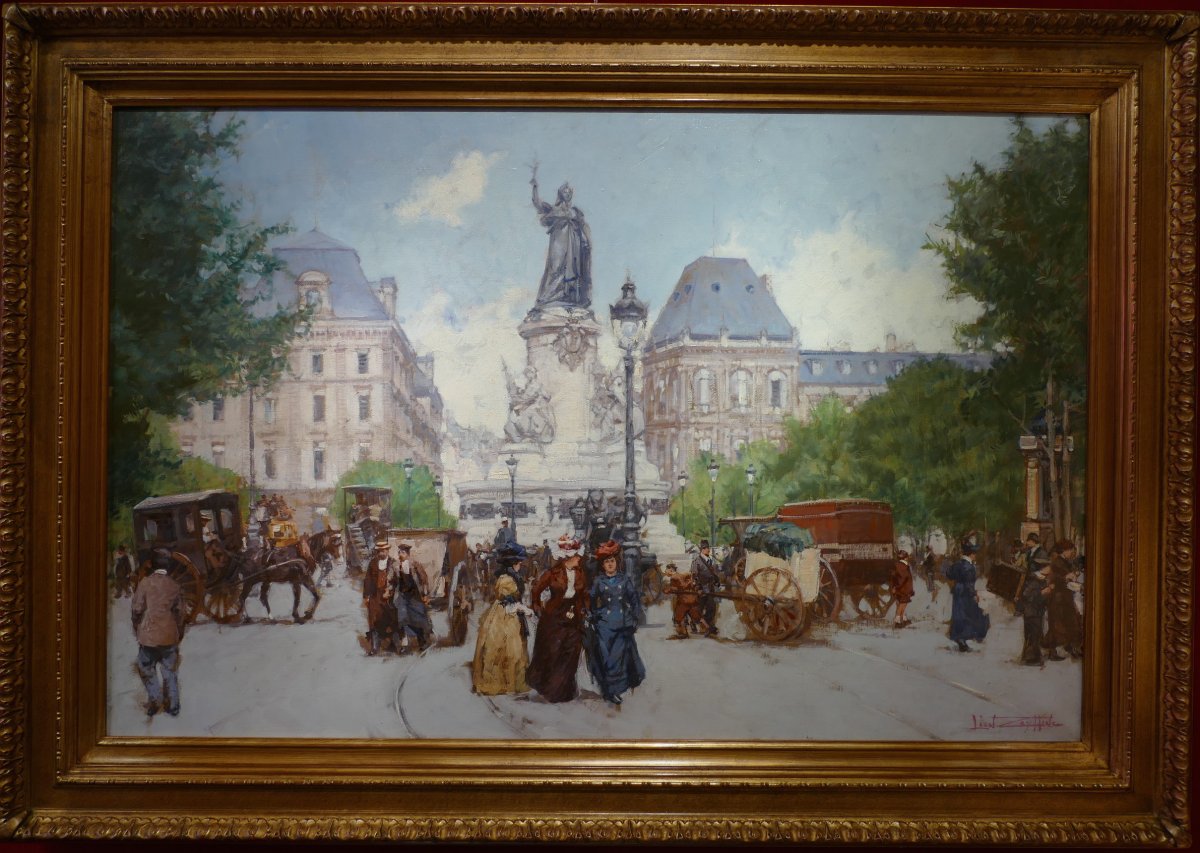
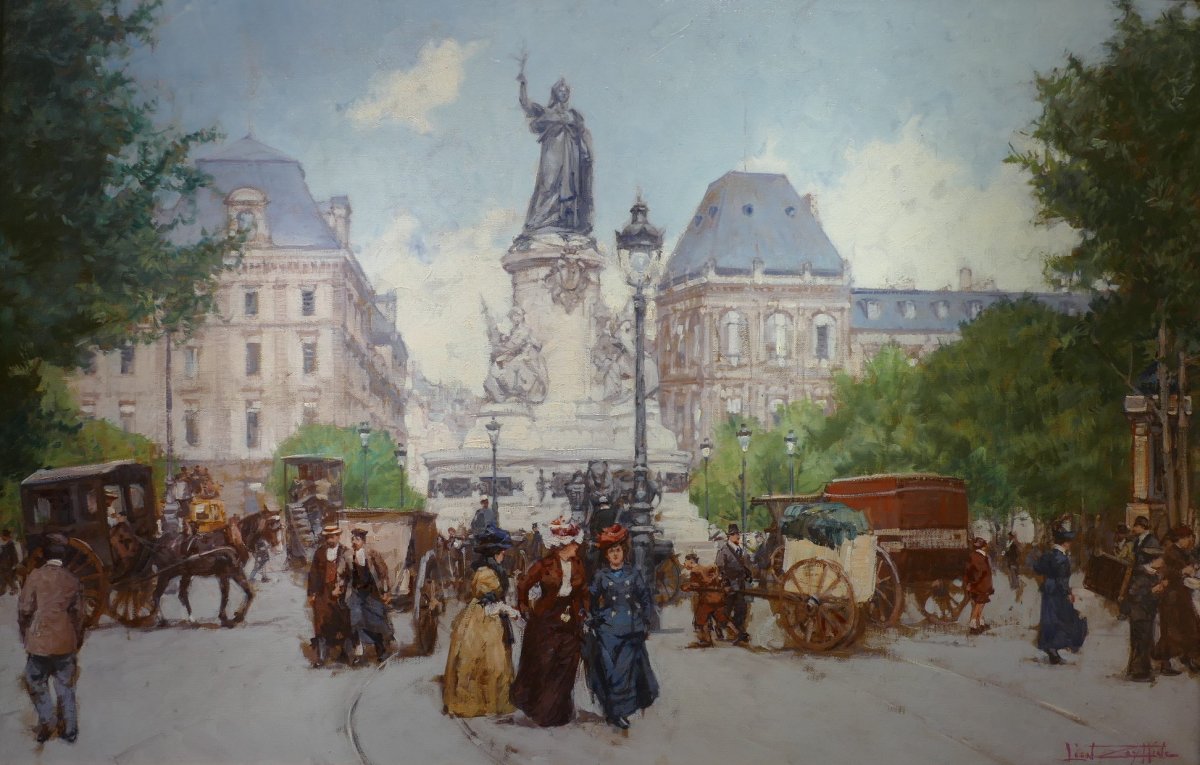
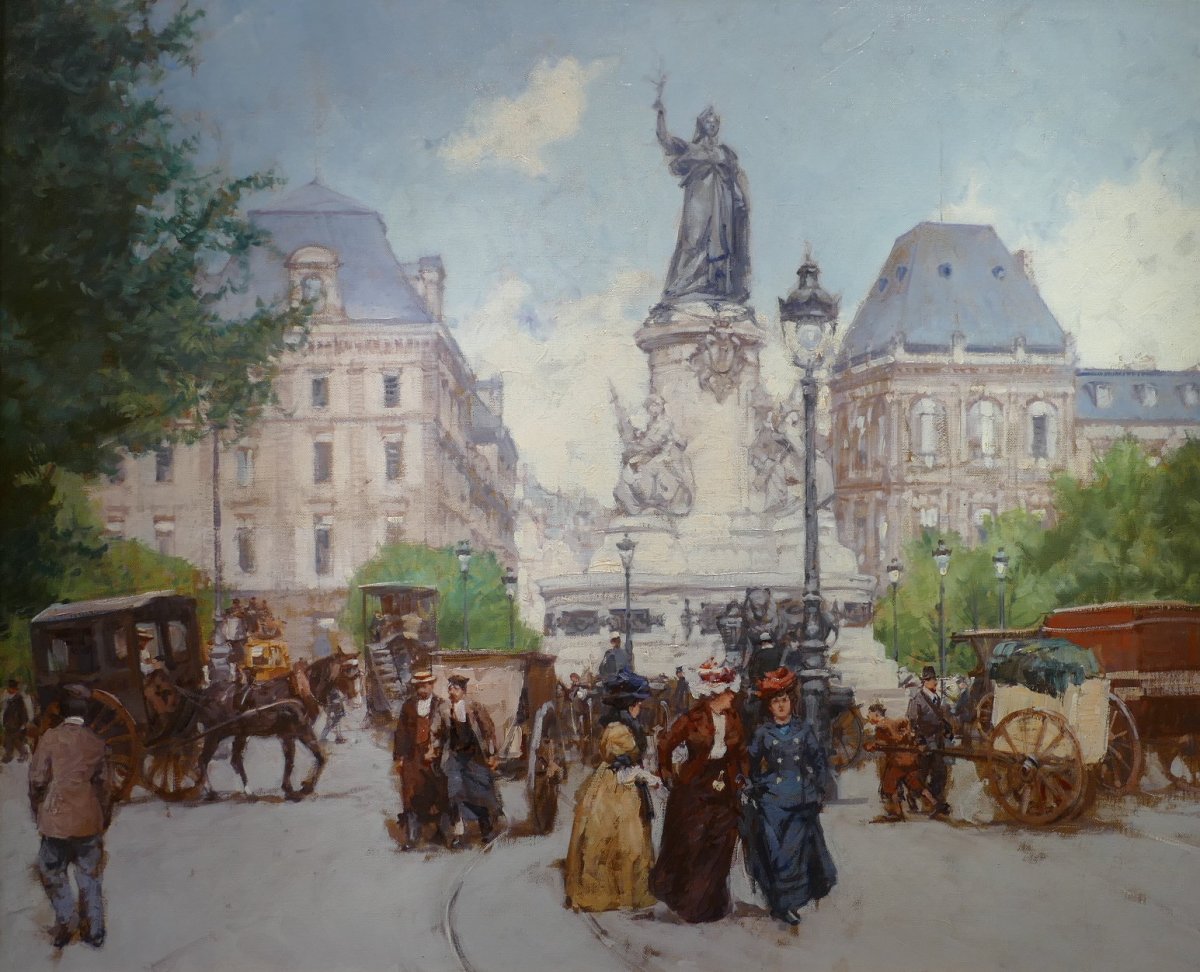

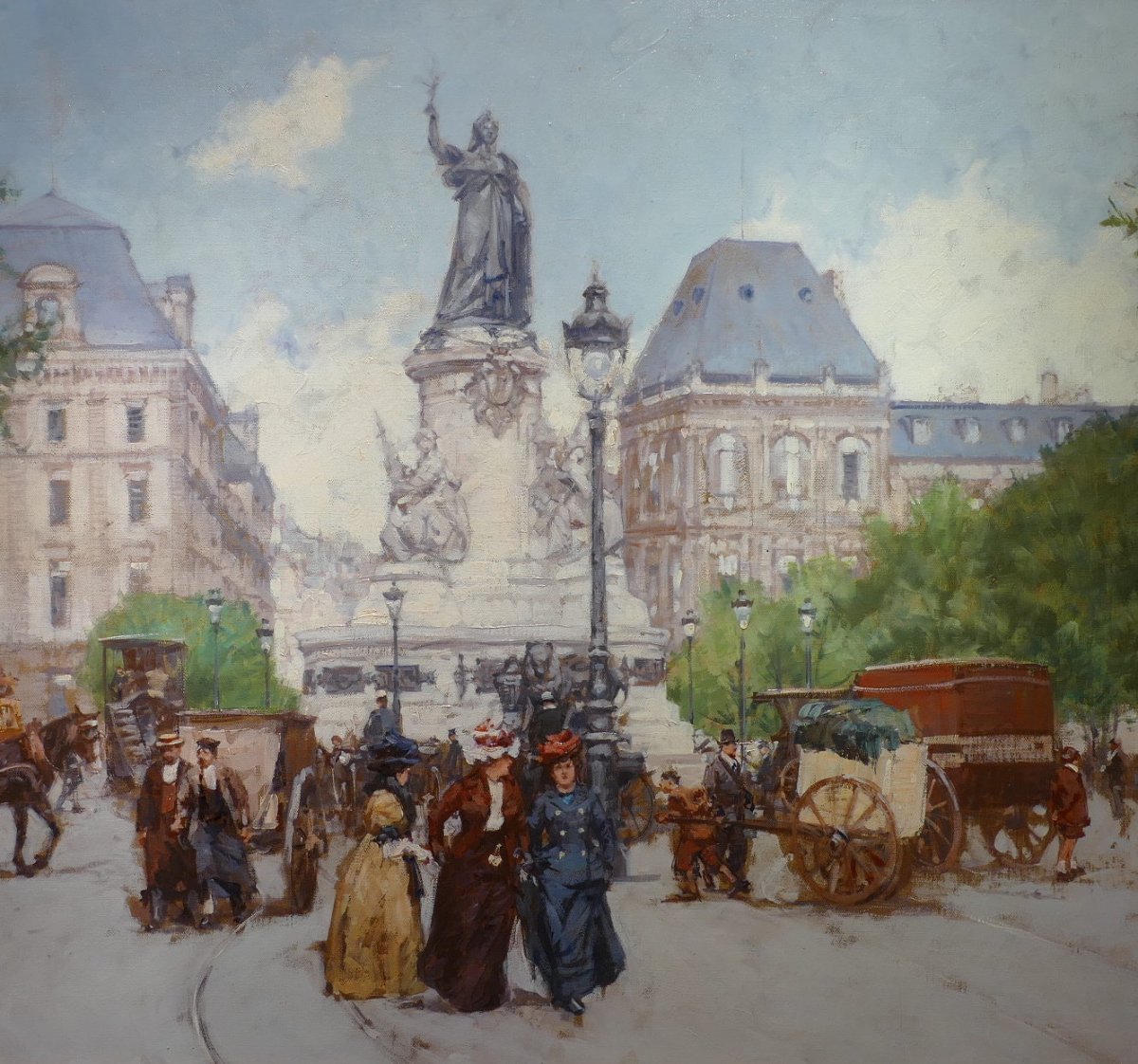
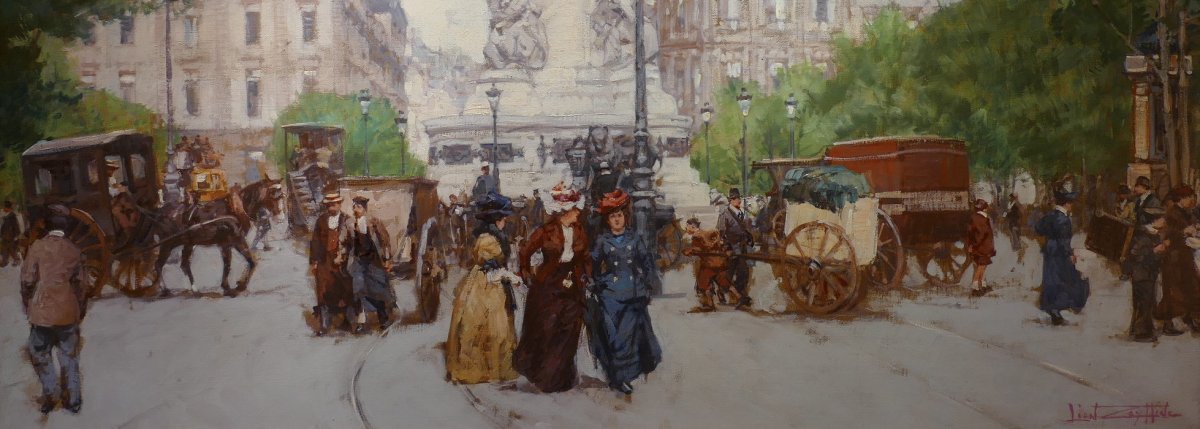


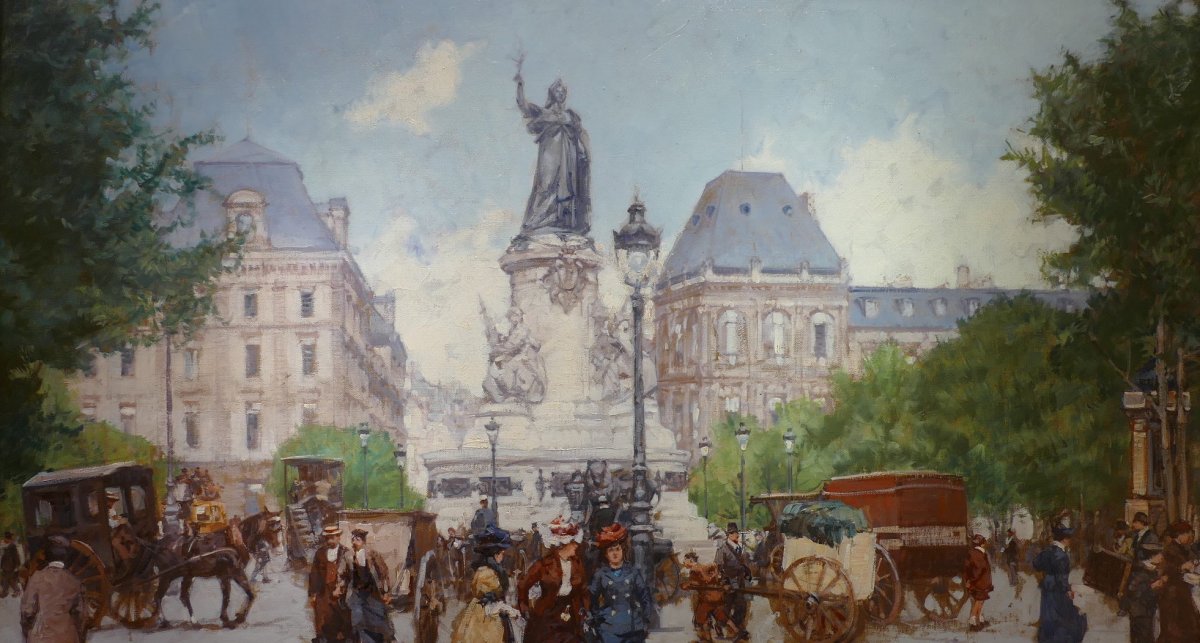

















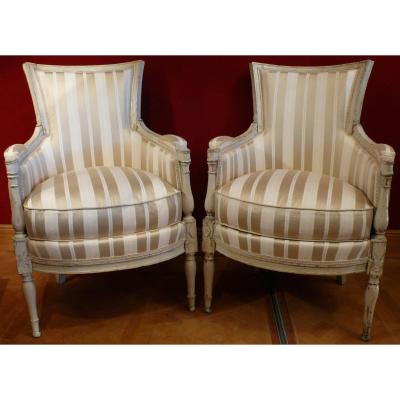





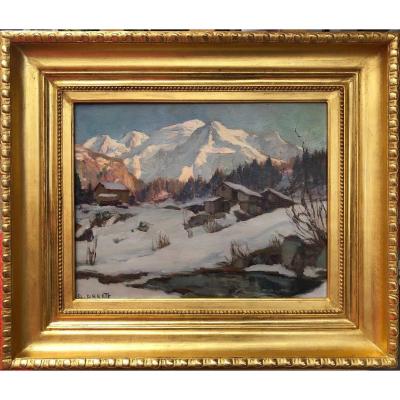
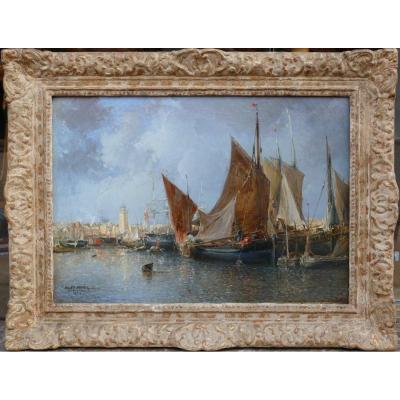

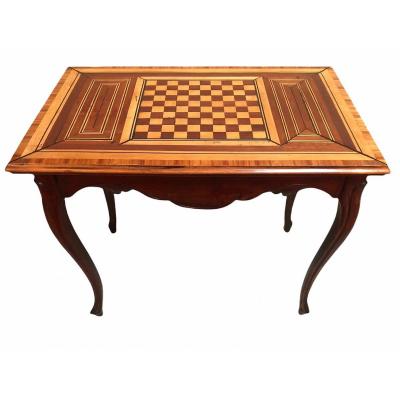


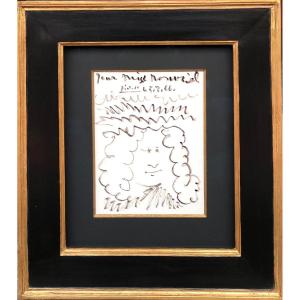

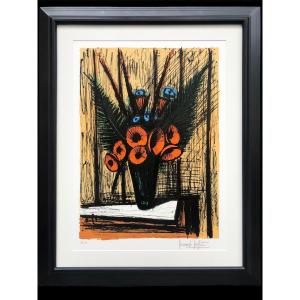








 Le Magazine de PROANTIC
Le Magazine de PROANTIC TRÉSORS Magazine
TRÉSORS Magazine Rivista Artiquariato
Rivista Artiquariato